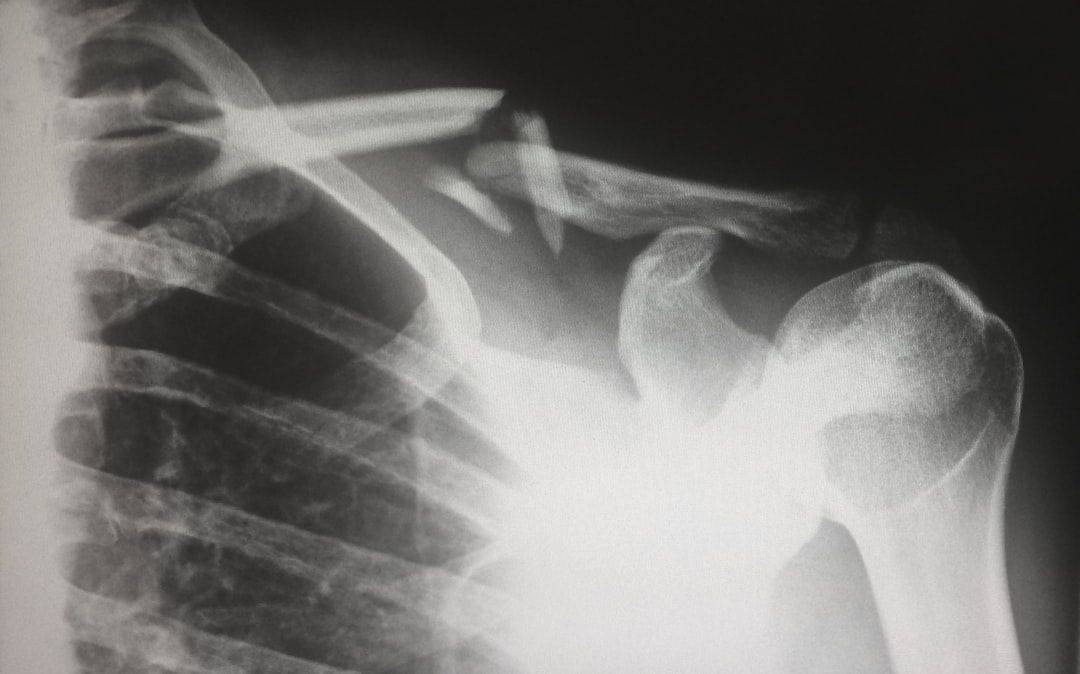What is it about?
Background In order to improve the effectiveness and efficiency of humanitarian efforts, minimum standards for humanitarian assistance and key indicators, showing whether a standard has been attained, have been developed. However, many of these standards and indicators are based on a consensus on best practices and experiences in humanitarian response, because relevant evidence on the impact of humanitarian interventions is often lacking. Objectives One important example of a standard in humanitarian aid in a disaster setting is “water quantity.” The accompanying indicator states how many litres of water are needed per person per day in a disaster setting. It was our objective to determine the evidence base behind this indicator, in order to improve health outcomes such as morbidity (e.g., diarrhoea) and mortality. Methods A systematic review was performed searching The Cochrane Library, Medline and Embase. We included studies performed during disasters and in refugee camps that reported a specific water amount and health-related outcomes related to water shortages, including diarrhoea, cholera, and mortality. We used GRADE to determine the quality of evidence. Results Out of 3,630 articles, 111 references relevant to our question were selected. Based on our selection criteria, we finally retained 6 observational studies, including 1 study that was performed during the disaster and 5 studies in a post-disaster phase. From two studies there is conclusive evidence on the relationship between the amount of water received and diarrhoea or mortality rates in refugee camps. However, overall, these studies do not contain enough data with relevance to a specific amount of water, and the level of evidence is very low. Conclusions More primary research on water amounts in a disaster setting is necessary, so that the humanitarian sector can further professionalise its water-related standards, indicators and interventions.
Featured Image
Read the Original
This page is a summary of: A Systematic Review of the Amount of Water per Person per Day Needed to Prevent Morbidity and Mortality in (Post-)Disaster Settings, PLoS ONE, May 2015, PLOS,
DOI: 10.1371/journal.pone.0126395.
You can read the full text:
Contributors
The following have contributed to this page










